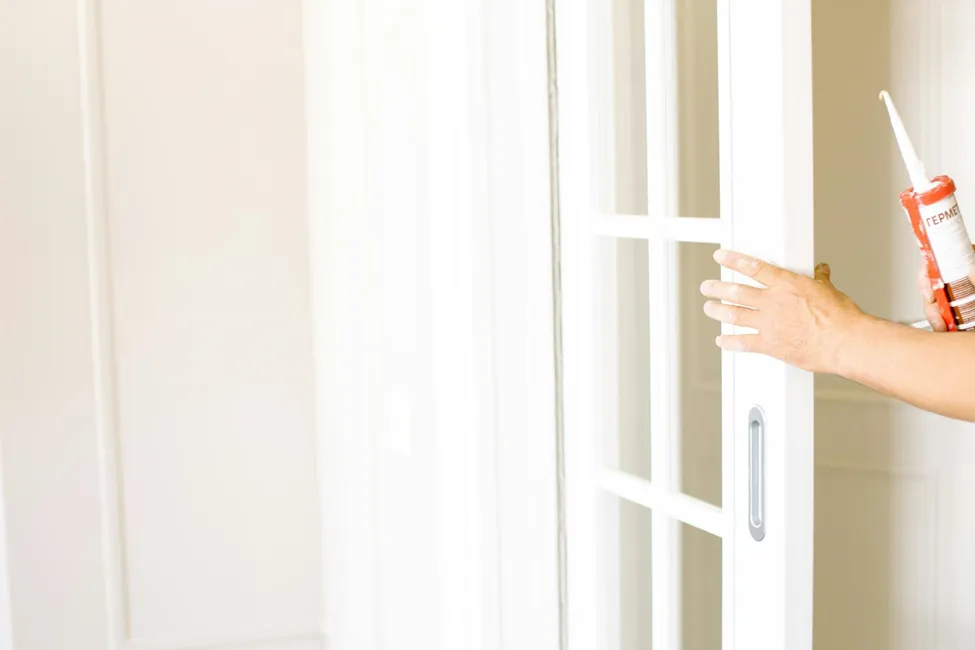The Energy-Savvy Makeover: Top Home Upgrades That Pay Off

Energy efficiency isn’t just a trend—it’s a necessity. With utility costs on the rise and climate change becoming harder to ignore, homeowners are actively searching for ways to make their homes more energy-smart.
But what if your house wasn’t designed with efficiency in mind? The good news is you don’t have to start from scratch. You can make impactful upgrades at any stage—regardless of when or how your home was built.
In this guide, you’ll find eight smart upgrades that go beyond small tweaks. These are improvements that truly pay off—both in savings and sustainability.
1. Seal Air Leaks and Improve Insulation
Even the most efficient HVAC system can’t do its job properly if your home isn’t sealed and insulated. Gaps around windows, doors, attic hatches, and electrical outlets allow warm or cool air to escape, forcing your system to work harder. This leads to higher utility bills as well as uneven temperatures and reduced comfort.
The first step is identifying the leaks. You can do this with a home energy audit, often available through your local utility company. Once you find the problem areas, sealing them is usually straightforward. Caulking, foam spray, and weatherstripping are effective solutions that don’t require professional installation.
Insulation should also be evaluated, especially in older homes. Upgrading to proper insulation levels helps regulate temperature more effectively and relieves stress on your HVAC system.
2. Switch to a Heat Pump: Efficiency Meets Eco-Friendly Comfort
When it comes to heating and cooling, most households still rely on traditional systems like furnaces and central air conditioners. These units often burn fossil fuels, use more electricity than necessary, and lose efficiency over time. If you’re considering a replacement that saves money and lowers your carbon footprint, it’s time to upgrade to a heat pump.
A heat pump works by transferring heat rather than generating it. In the summer, it works like an air conditioner and expels heat from your home. In the winter, it pulls heat from the outside air—even when it’s cold—and brings it indoors. This method uses less energy compared to burning fuel or running an electric resistance heater.
Installation of a heat pump usually involves hiring a licensed HVAC technician. Depending on your current system, you can choose between a ducted heat pump or a ductless mini-split. Both are efficient, but the right option depends on your home’s layout and existing ductwork.
3. Replace Old Windows with Energy-Efficient Models
Old windows are a major source of energy loss. Single-pane glass or poorly sealed frames let in drafts and transfer heat easily, leading to increased energy use and discomfort. The solution is simple: upgrade to modern, energy-efficient windows.
Energy-efficient windows typically feature double or triple panes, inert gas fills like argon, and low-emissivity coatings that help reflect heat. These elements work together to keep indoor temperatures stable and reduce glare and UV damage.
Though window replacement is a larger investment, it improves your home’s insulation, appearance, and resale value. Over time, the energy savings and added comfort pay off, especially when combined with other home upgrades.
4. Install a Smart Thermostat
A smart thermostat brings convenience and energy savings together. Unlike basic programmable models, smart thermostats learn your schedule, adjust temperatures automatically, and allow remote control through an app. Some models even use motion sensors or geofencing to optimize settings when you’re home or away.
Installing a smart thermostat is usually simple, especially if your current system is compatible. Once set up, it provides detailed reports on your energy use and helps you identify ways to save more. You can make real-time changes from your phone, and some thermostats integrate with voice assistants like Alexa or Google Assistant.
5. Swap Out Incandescent Bulbs for LEDs
One of the quickest and most affordable upgrades you can make is switching to LED lighting. Incandescent and even compact fluorescent bulbs use more energy and need frequent replacement.
LEDs now come in a wide range of color temperatures and brightness levels to suit every room in your home. Many are also compatible with dimmer switches and smart lighting systems. This allows you to fine-tune lighting while lowering your energy use. For maximum savings, replace bulbs in frequently used areas first, like kitchens, bathrooms, and living rooms.
6. Upgrade to Energy-Efficient Appliances
Appliances account for a large portion of household energy use, especially older models that weren’t designed with efficiency in mind. Refrigerators, dishwashers, washing machines, and dryers all draw significant power, and over time, the costs add up.
Modern energy-efficient appliances are built with improved motors, insulation, and sensors that adjust performance based on your usage. A high-efficiency washing machine, for example, uses less water per cycle and spins clothes more effectively, reducing drying time. Refrigerators with inverter compressors maintain consistent temperatures with less cycling on and off. Dishwashers now have soil sensors and eco-wash cycles that clean dishes thoroughly while using less water and heat.
When shopping for replacements, always check the yellow EnergyGuide label. This helps you compare estimated yearly operating costs between models.
7. Add Solar Panels to Offset Electricity Costs
Solar panels have become more accessible and affordable, and for many homeowners, they represent a long-term solution to rising energy bills. By generating electricity from sunlight, you can reduce or even eliminate your reliance on the grid. In some cases, you may even be able to sell excess electricity back to your utility provider through net metering.
The financial benefits are compelling. Depending on your system size, location, and energy usage, you could see major savings over time. Many federal, state, and local programs also offer tax credits or rebates for solar installations, further reducing the overall cost.
8. Use Low-Flow Fixtures to Save Water and Energy
Energy efficiency isn’t limited to electricity. Reducing hot water use also plays a major role. Low-flow fixtures, such as showerheads, faucets, and toilets, are designed to use less water without compromising functionality.
Modern low-flow showerheads use air-mixing technology to maintain water pressure while reducing flow. Faucets with aerators reduce water volume but still deliver a strong stream. Toilets with dual-flush systems let you control water usage per flush. All of these upgrades cut down on water waste and reduce the energy used to heat water.
Choosing to invest in energy-efficient home upgrades is more than a financial decision—it’s a mindset shift. It means valuing long-term comfort over short-term convenience. It means designing a living space that respects both your budget and the environment. While trends come and go, energy efficiency is here to stay.
Every upgrade you choose is a step toward greater independence from rising utility costs, a more resilient home, and a smaller environmental footprint.





